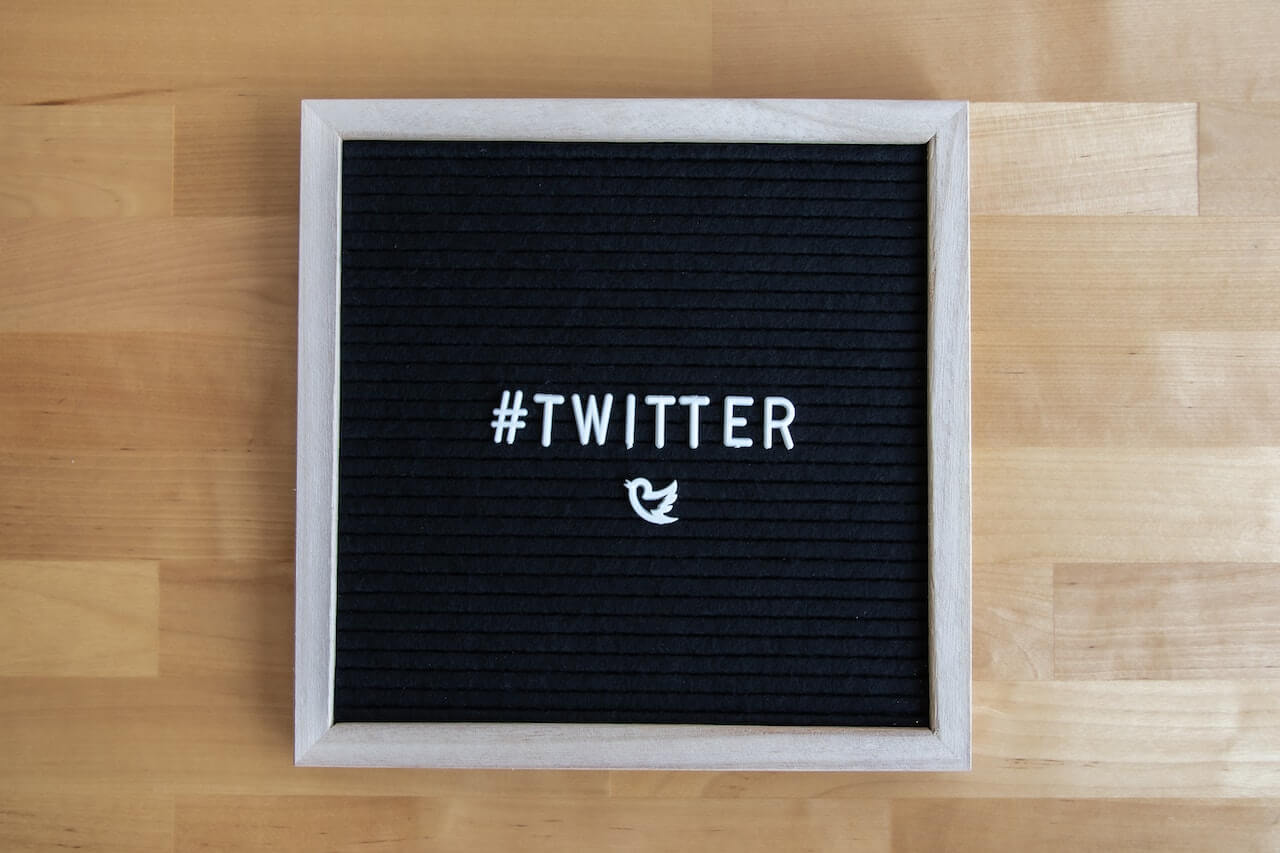Google nails its latest crisis management effort
Although Google has been at the center of several controversies, the notoriously tight-lipped search behemoth has the advantage of being a public favorite, which means that it has already banked a good amount of reputation “credit” that can be renewed when the need for crisis management arises. Furthering that credit is the lengths Google goes to in order to nurture and maintain the dialogue between company and consumer, demonstrated in the wake of a disturbing cyber-stalking case that brought a loophole in its search algorithms to light. This particular loophole actually resulted in some businesses purposely seeking out negative responses from customers in order to improve search engine positioning; not what Google had intended, to say the least. Immediately after catching wind of the case, Google leapt into action, redesigning its search algorithms to eliminate results generated by this shady method and publishing a post on its official blog which included this quote:
We can’t say for sure that no one will ever find a loophole in our ranking algorithms in the future. We know that people will keep trying: attempts to game Google’s ranking, like the ones mentioned in the article, go on 24 hours a day, every single day. That’s why we cannot reveal the details of our solution—the underlying signals, data sources, and how we combined them to improve our rankings—beyond what we’ve already said. We can say with reasonable confidence that being bad to customers is bad for business on Google. And we will continue to work hard towards a better search.
By having an established positive Web presence, Google is able to distribute messages like this quickly and with ease. There is no need for costly press releases or opportunities for reporters to distort the message being delivered, because stakeholders know they can look to Google’s own blog for answers. You don’t need to be a mammoth organization to do this very same thing, all it takes is a dedication to open communication and a free blog page, so what are you waiting for?
——————————-
For more resources, see the Free Management Library topic: Crisis Management
——————————-
[Jonathan Bernstein is president of Bernstein Crisis Management, Inc. , an international crisis management consultancy, and author of Keeping the Wolves at Bay – Media Training.]











